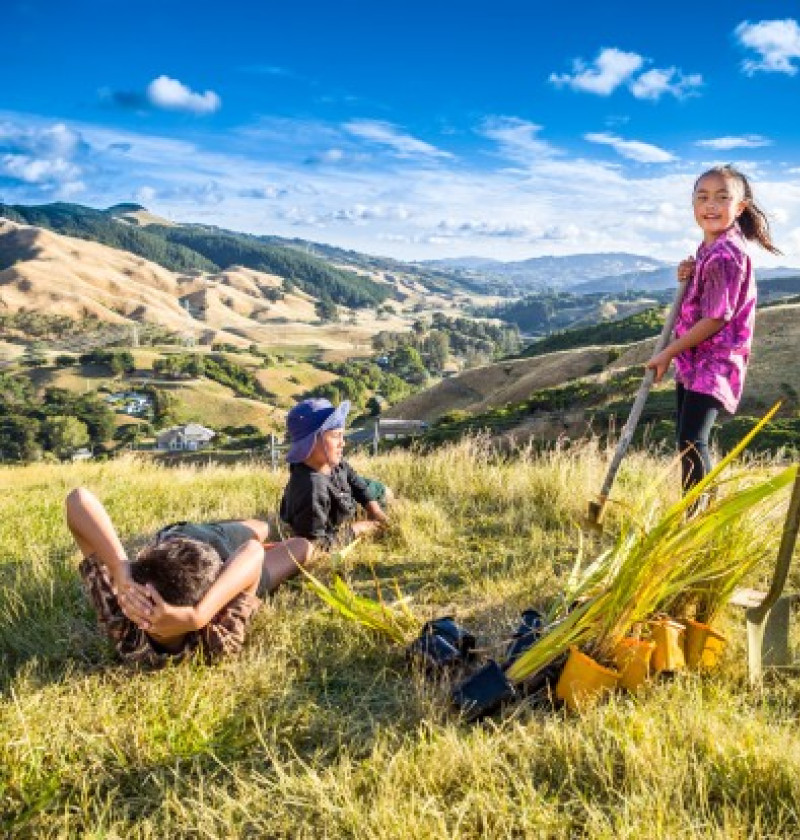Structure and content of this report

Our land 2021 is the latest in a series of environmental reports produced by the Ministry for the Environment and Stats NZ. It builds on Our land 2018 and Environment Aotearoa 2019 and is based on one of the five themes identified in Environment Aotearoa 2019: how we use our land.
In 2019, the Parliamentary Commissioner for the Environment suggested replacing domain reports with theme-based commentaries and including information about drivers and outlooks. To address this advice, Our land 2021 has focussed on one issue in the land-use theme: land-use change and intensification. The report also explores land-use change and intensification as it presents across different parts of the environment.
The focus arose because of the significance of the issue in terms of the extent and magnitude of change, the irreversibility and lasting effects of change, and the effects on culture, recreation, health, and the economy. Some aspects of our land environment are consequently not presented in detail. These include biodiversity decline, pests and diseases, and pollution.
Our land 2021 discusses:
This report uses the best available indicator data to illustrate the changes in land use and intensification, and their consequences. Land fragmentation highlights the loss of highly productive land especially in rural areas, through the development of lifestyle blocks and rural subdivisions. The effects of agricultural intensification on our soils is shown in nearly 25 years of soil quality monitoring data. Questions about the effectiveness of environmental target ranges for freshwater quality are also highlighted.
New data related to New Zealand’s land cover, soil quality, and land fragmentation is presented in chapter 3. The updated land-cover data has enabled more accurate estimates of current land cover and land use, as well as changes in land use, to be made.
Further supporting information is provided using a ‘body of evidence’ approach. This is defined as peer reviewed, published literature, and data from reputable sources. It includes mātauranga Māori and observational tools used to identify changes in an ecosystem.
| Chapter | Indicator data reported |
|---|---|
| Chapter 1 Our place to stand |
Rare ecosystems |
| Chapter 2 The driving forces |
|
| Chapter 3 Activities and their effects |
Agricultural and horticultural land use
Fertilisers – nitrogen and phosphorus
|
| Chapter 4 Effects on the wider environment |
|
| Chapter 6 Land and a changing climate |
Growing degree days |

Structure and content of this report
April 2021
© Ministry for the Environment